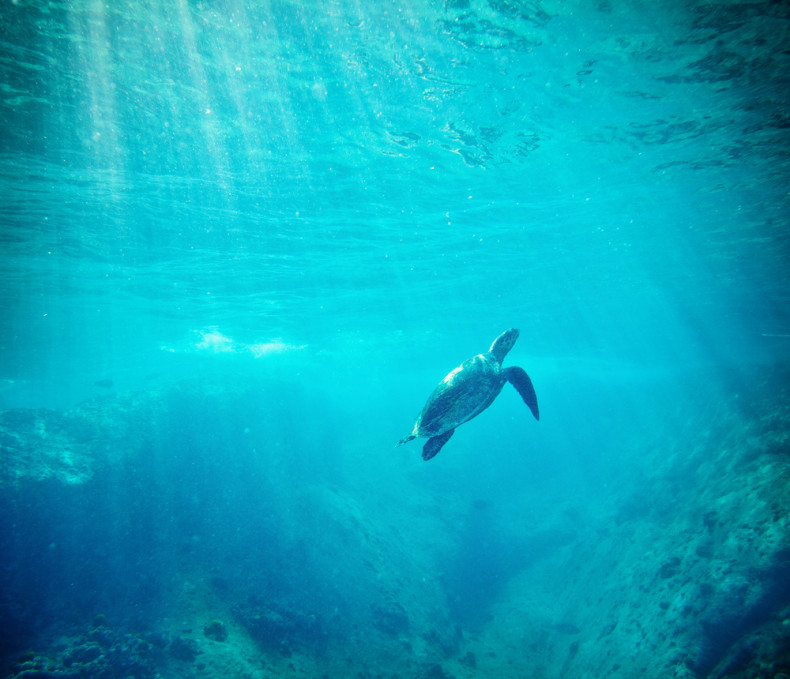 On Tuesday two people who I met a few years ago posted similar pictures. One still lives in the town of Kiruna, north of the Arctic Circle in Sweden, where I briefly lived; the other, last I heard, had moved even farther north, to somewhere in the Norwegian wilds.
On Tuesday two people who I met a few years ago posted similar pictures. One still lives in the town of Kiruna, north of the Arctic Circle in Sweden, where I briefly lived; the other, last I heard, had moved even farther north, to somewhere in the Norwegian wilds.
Each posted a picture showing the bright yellow light of the sun – the first time, I believe, that either had seen it in 2015. Its yellow disk glowed, a bright return after the twilight of winter noons.
In Kiruna, at 68 degrees north, the sun set the second week of December and stayed down. Now it’s up for nine minutes longer every day. By the end of May, it will stop setting entirely. Here at 39 degrees north, the sun will be up for almost 10 hours today.
Somehow, after I left the Arctic, people kept on living. It’s one of the most artificial things about social networking, that it keeps us in touch with acquaintances who would otherwise have drifted away. But it’s also one of the wonders. The odd childhood friend appears. Cousins’ kids grow up and get opinionated. College networks reassemble.
Unfortunately, there’s no such website to keep me in touch with the tiny turtles I met 19 years ago, when I was poking around learning about the biology of Australia with a pack of students from my midwestern college.
We spent a couple of weeks a few hours’ bumpy boat ride from the mainland, on Heron Island (23 degrees south, currently about 13 hours of daylight), a nearly flat coral cay at the southern end of the Great Barrier Reef. The island has a resort and a biological station and tens of thousands of mutton birds, formally known as wedge-tailed shearwaters. They spend the day soaring gracefully above the waves and the night on the sand among the trees, moaning at the tops of their lungs or air sacs or whatever they make those sounds with. The bird book refers to “crooning wailing notes.” It was the soundtrack of every evening.
But even more remarkable than the moaning shearwaters was another visitor that arrived after the sun went down: green sea turtles.
Underwater, turtles are sleek and maneuverable. On land, they are very large, three feet long or more. A handful of females would emerge from the sea each night. A massive mom-to-be would pull herself along on her plastron – that’s what you call a turtle belly. Every laborious haul of the flippers moved her a few more inches up the beach. It was a slow trip. Finally she’d stop and dig a hole, scraping with one back flipper and then the other, flinging sand into the air. Then she’d plop out the eggs, one at a time, dozens and dozens, cover them up, and haul back down to the water. The whole process takes hours.
Every morning the beach was empty of turtles and washed in sun, but the mothers’ tracks made it look as though a fleet of one-wheeled construction equipment had been through in the night.
In the evening as the sun approached the horizon, darling baby turtles would hatch and throw themselves at the brightest thing around, the glowing sea. They struggled so determinedly down the sand, each the size of the palm of a hand. Fwip-fwip-fwip-fwip-fwip went their newborn flippers, as they rushed down the beach and into the water, frantic flapping translating in the water into determined swimming.
Those baby turtles are like popcorn for every predator around. Gulls and crabs eat them. One evening a shark had swum into such shallow water that its dorsal fin waved cartoonishly above the water. Some tiny proportion of the youngsters probably made it out of the hatchling phase.
It’s not particularly straightforward to find out what age female green turtles are when they start breeding, but some studies have put it in the 30-40-50 year range. Females are thought to return to the same beach where they were born. All those years we’ve been getting degrees and living in places and writing stories and eating and sleeping, those turtles have been swimming around in the ocean, growing longer on diets of sea grass and algae.
The Earth turns, the sun rises and sets. One day one of those turtles is going to drag herself up that same beach and look for the right place to start digging.
I can see the curve of the earth when you write, and the turtles mulling their way through time, as we mull our way through ours. Thank you.
What a surprise! I didn’t know you’d been to Heron Island. An incredible place! I too watched those mom turtles laying eggs in the moonlight and the babies scurrying to the ocean. Circle of life replayed again and again! LWON _ good job! You’ve brightened my dreary January day.